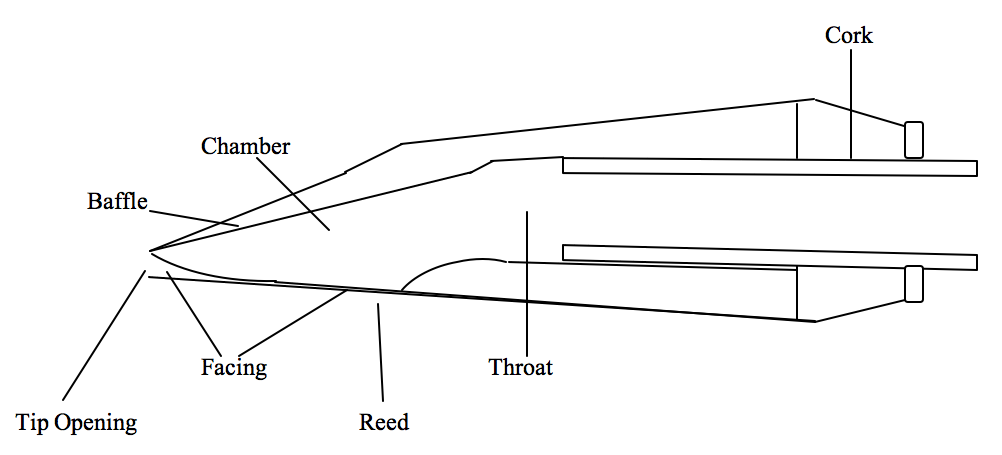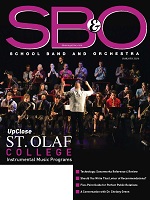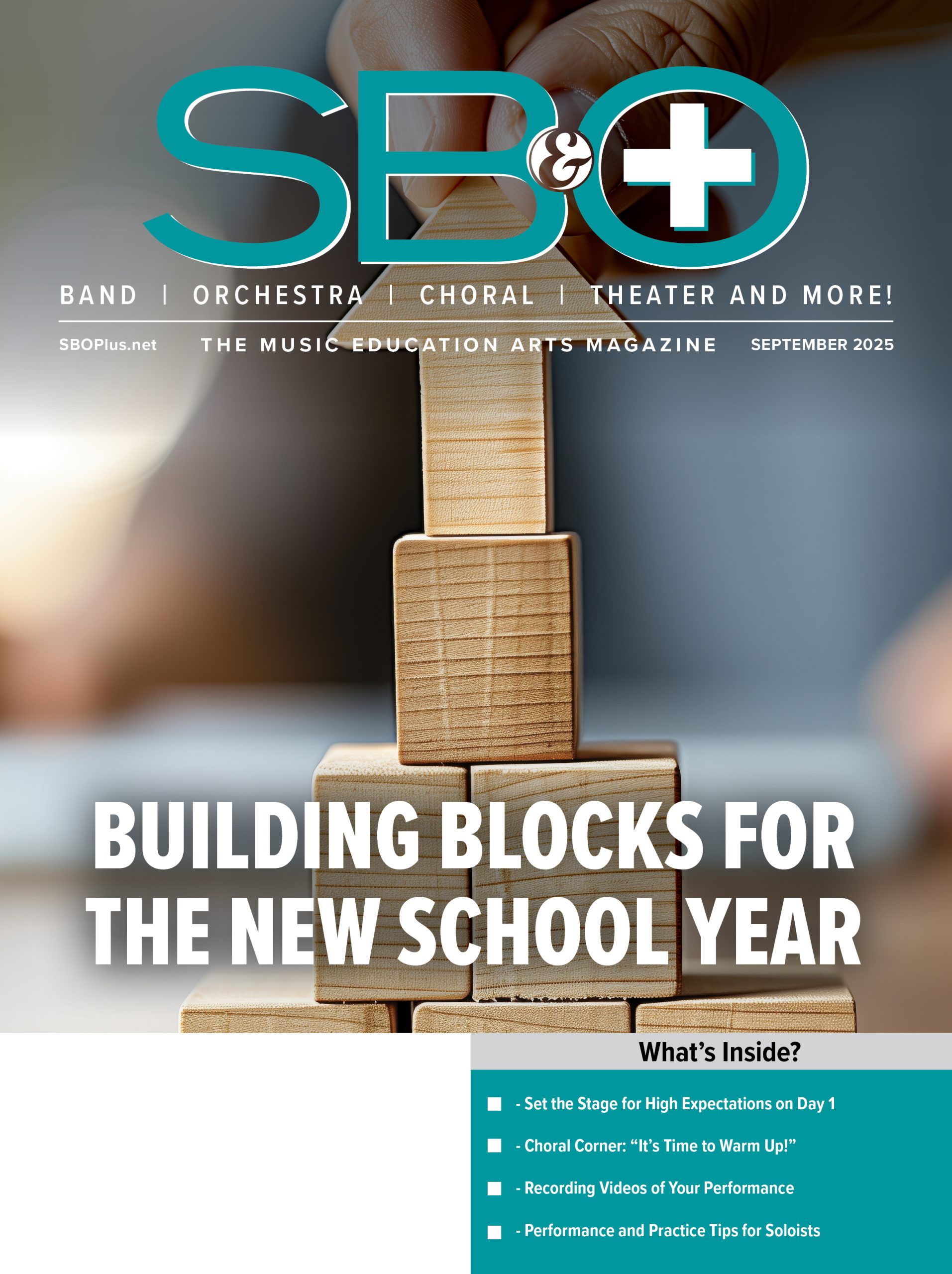
In this month’s column, our focus is on the basics of saxophone repair. Michael Goldstein, a saxophonist, former band director and woodwind repair technician, has a nice list of tips and tricks to help you and your students. Be sure to also check out his video link at the bottom of the article. Next month’s column will focus on the basics of flute repair with Carolyn Nussbaum from the Carolyn Nussbaum Music Company. ~Lisa Canning
With large amounts of inventory and generally few resources, keeping school instruments maintained can be a challenge. The saxophone is a relatively complicated mechanism compared to other woodwinds such as clarinet or flute and finding/diagnosing problems can be overwhelming if you are not sure what to look for. In this article, we’ll talk about some common problems with the saxophone, how to prevent them, and how to recognize and diagnose problems with the instrument.
Assembly
While the saxophone is made up of only three parts (the mouthpiece/reed, neck, and body) it is still important to teach proper assembly to prevent damage. The mouthpiece and reed should be placed on the neck before attaching the neck to the body. Adjusting the mouthpiece with the neck on the body could potentially bend the neck, or worse, damage the neck tenon or receiver on the body.
Reeds
It is critical that students play on an appropriate strength reed. Beginners should start on a #2 or 2.5, gradually increasing to a #3 or higher as the embouchure muscles develop.
If the reed is too hard, students will experience resistance, and find they have to work much harder, using more air than on a softer reed. Reeds that are too hard can also make it difficult to play notes in the lower octave (low F to Bb). A reed that is too soft can make it challenging to play higher notes (high C# and above) and can also cause intonation problems.
If the reed is in good shape, not chipped, and of an appropriate strength, the student will have a fair shot at making a good sound on the saxophone.
Springs, Screws, and Rods
For keys to move freely and function properly, the springs, pivot screws, and rods need to all be in the correct place. If a key does not open after being released, the likely cause is that a spring is un-hooked. A crochet hook can be used to pull the spring back in place on the spring catch. Be careful not to pull too hard, or the spring can lose its tension.
If a key is not moving, check to make sure the screw or rod isn’t too tight and binding the key. Loosen the screw or rod slightly with a screwdriver. You can also use a drop of oil at the pivot points to ensure free movement.
Corks/Felts
The saxophone has cork on the neck where the mouthpiece connects, and bumper corks and/or felts on the keys. The mouthpiece should fit snug on the neck – if the cork is compressed and the mouthpiece is loose, the cork should be replaced. If the mouthpiece is difficult to get on, try using some cork grease. If still too tight, the cork can be lightly sanded down using 240-grit emery cloth. If doing this yourself, be sure to sand the cork evenly around the neck, taking off a small amount of cork at a time. Check the mouthpiece fit gradually as you go – if too much cork is taken off, the cork will need to be replaced.
If key corks are missing, you might hear a clicking sound where the foot of the key hits the body. This can also affect how much a pad is closing – if these are missing or compressed, the pad may not seal. Replacing key corks/felts requires disassembly and should be done by a professional technician.
Bent Keys
Saxophone keys are delicate and bend easily. This is most common on the palm keys, spatula keys, and right-hand side keys, as they protrude out the sides of the instrument. Bent keys can cause pads to not seal, creating a leak. The best way to prevent this is to set the saxophone down on a stand, or store in its case when not in use. Setting the saxophone down on its side is not recommended, as the weight of the saxophone can bend keys out of adjustment.
Leaks
If some notes on the saxophone don’t respond well, there is likely a leak somewhere on the instrument. The best way to check for this is to use a leak light. Place the light inside the body of the saxophone and press each key down while looking around the circumference of each pad. If you see light coming out from any closed pads, a leak is present. If a pad is leaking, it may need to be replaced, but can sometimes be adjusted by slightly bending the pad cup using a key-leveling tool or adjusting the pad inside of the cup using heat. This type of repair should be done by an experienced technician.
While most repairs on the saxophone require a professional, hopefully you now have some tools for how to diagnose common problems on the instrument, and a basic understanding of proper saxophone care and maintenance. The best strategy is always prevention!
Michael was a band director for five years before beginning woodwind repair at Lisa’s Clarinet Shop.
For a demonstration of some of the tips above, see this video: https://youtu.be/cXVmMEfsRU4. He can be reached at michael@lisasclarinetshop.com





























